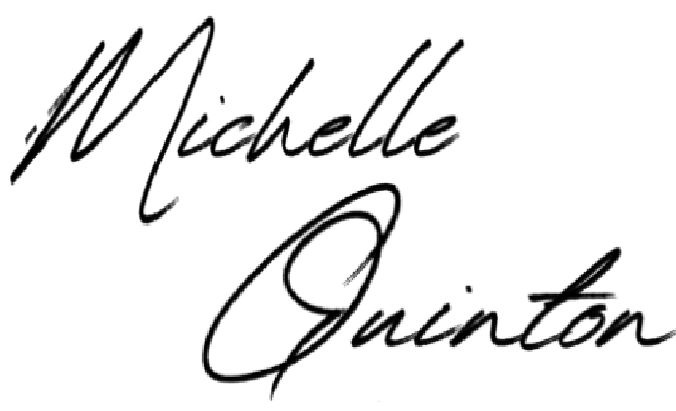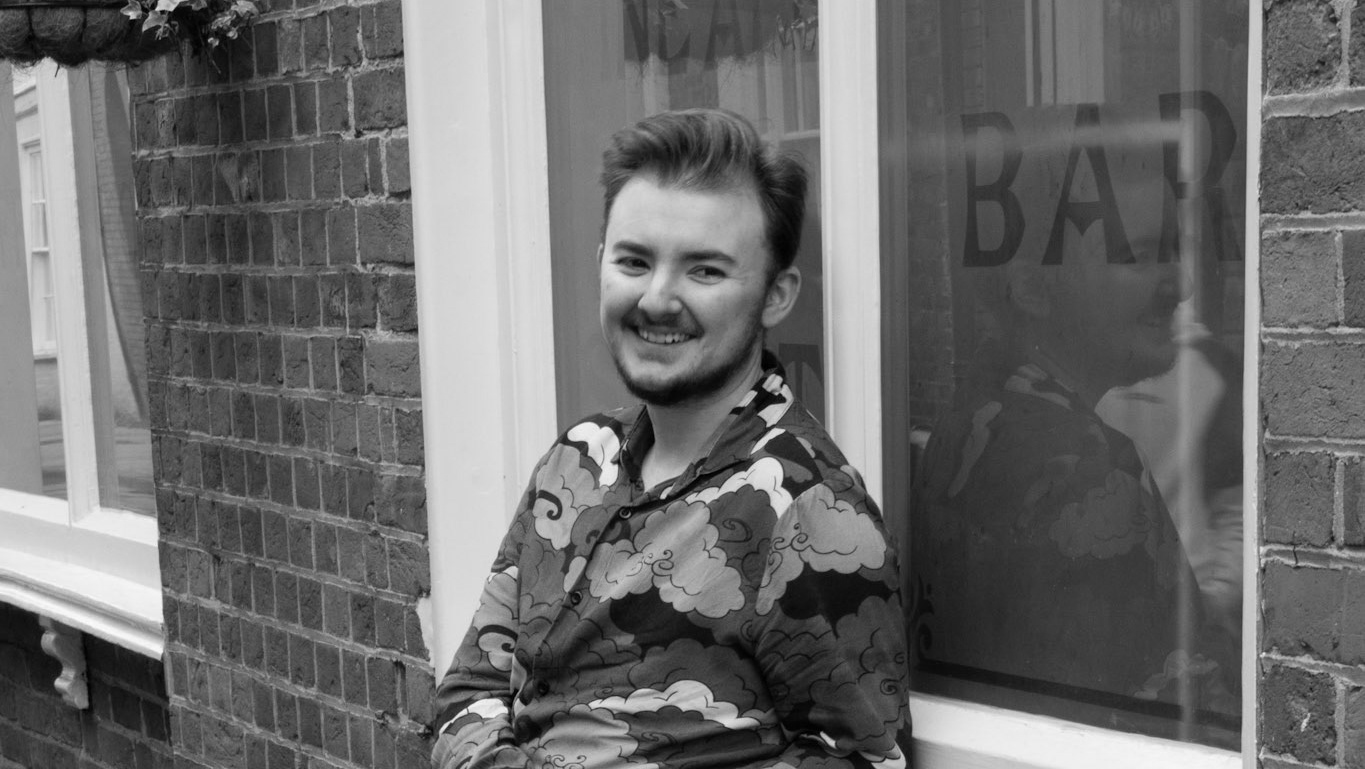The Evolution of Alternatives. Thanks for visiting this post, this is an introduction to my Alternatives project, focusing on the diversity of the alternative community. A community that is built as much around different styles and subcultures as it is around the music that pulls it all together. A reminder not to judge a book (or an LP) by its cover.
What is an alternative? Someone who considers themselves different from the mainstream, they don’t fit one particular group but are made up of many kinds if people. According to the Urban Dictionary, “alternatives” has several definitions, which shows just how diverse the crowd is, they don’t have to fit any particular group, although they may choose to identify with one. Although growing up for me alternative included subcultures such as Goths, rockers etc, those individuals were more than just the style they wore. The definitions on Urban Dictionary suggest these groups would not be considered alternatives, but I’m not sure it was ever that simple or clear cut. Another definition that I found recently is more in line with the definition I grew up with.
Over the years the term alternatives has become less common place, some feel its lost its meaning as society becomes more diverse and fashion appears to involve wider and wider ranges of styles. In some ways it appears that the alternative community that exploded in the early 2000s has died off, but the truth is, the community hasn’t gone anywhere. Mums at the school gate, doctors and nurses, teens in their classic DMs, the community is alive and well, albeit dressed down in a lot of cases. It’s more that they’ve adapted or evolved.
Along with that increased popularity, there was an increase in negative assumptions and “moral panic” associated, leading to aggression and violence towards the community (particularly those who were more obviously alternative such as Goths, emos and metallers). This project is to show how diverse the community is, and how many people still remain a part of the community, even if they don’t use the term to describe themselves.
The Media have repeatedly gone after this community, in the 80s there was the moral panic against the Rock and metal community, I’ll include links to articles and other info below. You’ll also find other Blog posts linking back to articles around this.
The insinuation was that listening to metal or rock meant you were likely a Satan worshipers, despite there being many popular Christian rock and metal bands.
While the goth community suffered threats of violence against them, including the murder of Sophie Lancaster.
Glasgow goths ‘under acid attack threat’ as cops step up patrols – The Daily Record
For this project, I want to show that the community is considerably more diverse than it first appears, there are more than just goths and metallers, we work in a wider variety of industries, often looking just like everyone else. Groups like mods and rockers, teddy boys, emos, scene kids, goths, punks etc, are still around, maybe older and more sensibly dressed but they’re still around.
In order to examine this community I aim to photograph people who identify as part of it, this may involve groups shoots, portraits and interviews. If you’re interested in taking part, you can reach out to me via social media or through the contact page on this site. From there I will give you greater detail on what’s involved and we can arrange a session that works for both of us. Group chats with photography are an option, at present there is only one, April 2nd at the Railway Inn, Winchester 2pm, but others will be booked in the future.















